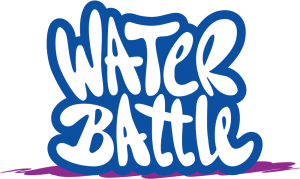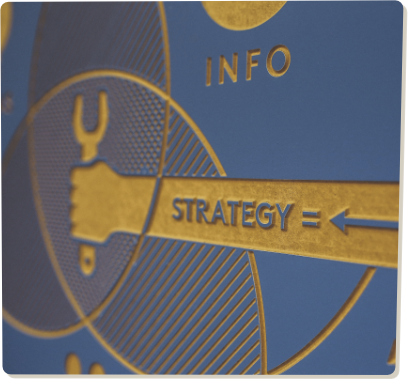Water is an essential commodity for humanity’s existence. Unfortunately, its supply over the years has been a challenge for reasons such as climate change and rapid population growth. Different strategies have been adopted by water utilities and municipalities to check the supply constraints. Gamification is on the radar of water companies as one of the non-pricing strategies to check water demand. In this article, we explore why gamification is the best non-pricing strategy.
The proposed long term solution to water supply deficits are generally under 2 themes;
1. Infrastructural development
This includes building new reservoirs, investing in dams, storage tanks, pipes and aqueducts. This approach is mainly aimed at increasing the water supply to make up for any deficit.
2. Behavioural change
This is usually related to education and awareness campaigns about the existing water supply challenges, what the causes are and why changes in water consumption behaviour are needed.
In some areas, water utilities provide customers with water-saving devices to facilitate behavioural change. This approach aims at demand management. The present article focuses on behavioural change.
So the question then is, what strategies are currently being used to achieve behavioural change?
Pricing strategies
For this option, tariffs are often used to check the needs and demands of escalating populations. For example, paying extra for crossing a predetermined threshold of water usage.
The reverse is true, that is, you could also pay less for using less water. There are different pricing strategies available. Social, political and economic considerations are needed to determine which pricing structure works best.
For more on pricing strategies check the following: Article 1, Article 2, Article 3
Non-pricing strategies
These include water-saving devices, education and awareness campaigns. Most water utilities have run periodic campaigns to educate their customers on the need for healthy water consumption habits. Some even go the extra mile of providing free water-saving devices to customers. For the most part, these strategies don’t seem to work compared to the tariffs.
Note that non-pricing strategies generally do not have punitive aspects to them. You are essentially appealing to the emotions and conscience of your customers. Admittedly, this is a difficult task but it the most effective and long-lasting if properly done. The reason for this is, people then have the intrinsic motivation to reduce their water consumption and this is the aspiration of water companies.
The key is to find a solution that helps customers develop the needed intrinsic motivation. This is why gamification methodologies are needed as a strategy. So, why is gamification the best non-pricing strategy for water utilities?
Acceptability
Most people love gaming. Of course, they enjoy different forms of it. Nonetheless, gaming elements such as stories, competition and rewards are still very appealing regardless of the type of game being played.
The idea is to use these gaming elements to engage customers on issues of water conservation. So that as they play the game they learn and imbibe good water conservation habits. Behaviour changes subtly over time. Most importantly, they have fun in the process.
Gamification makes financial sense
An outlook in the future indicates that water companies would appreciate having to invest little to nothing in demand management. This can only be achieved if customers understand and accept the responsibility to use water sustainably.
At this point, investments such as awareness campaigns and sharing free water-saving devices will no longer be necessary. Those funds can be used to improve customer service, for instance.
Future generations
The world has changed and still changing quite fast. Different tactics are needed to engage the current and coming generation. We also know how difficult it is to keep their attention for long.
So then the question is, why don’t we take advantage of gamification methodologies to reach and engage them? In any case, it’s a medium that resonates with them. Gamification presents the best opportunity to do this. If the future generations are conscious of water conservation, then we can be more certain that we are winning the fight against any future water supply deficit.
Would you like to know more about the Water Battle? Please feel free to contact us!
Also check out this Short (video) intro to Water Battle, an example of a serious game for a water conservation project and Water Battle Factsheet


